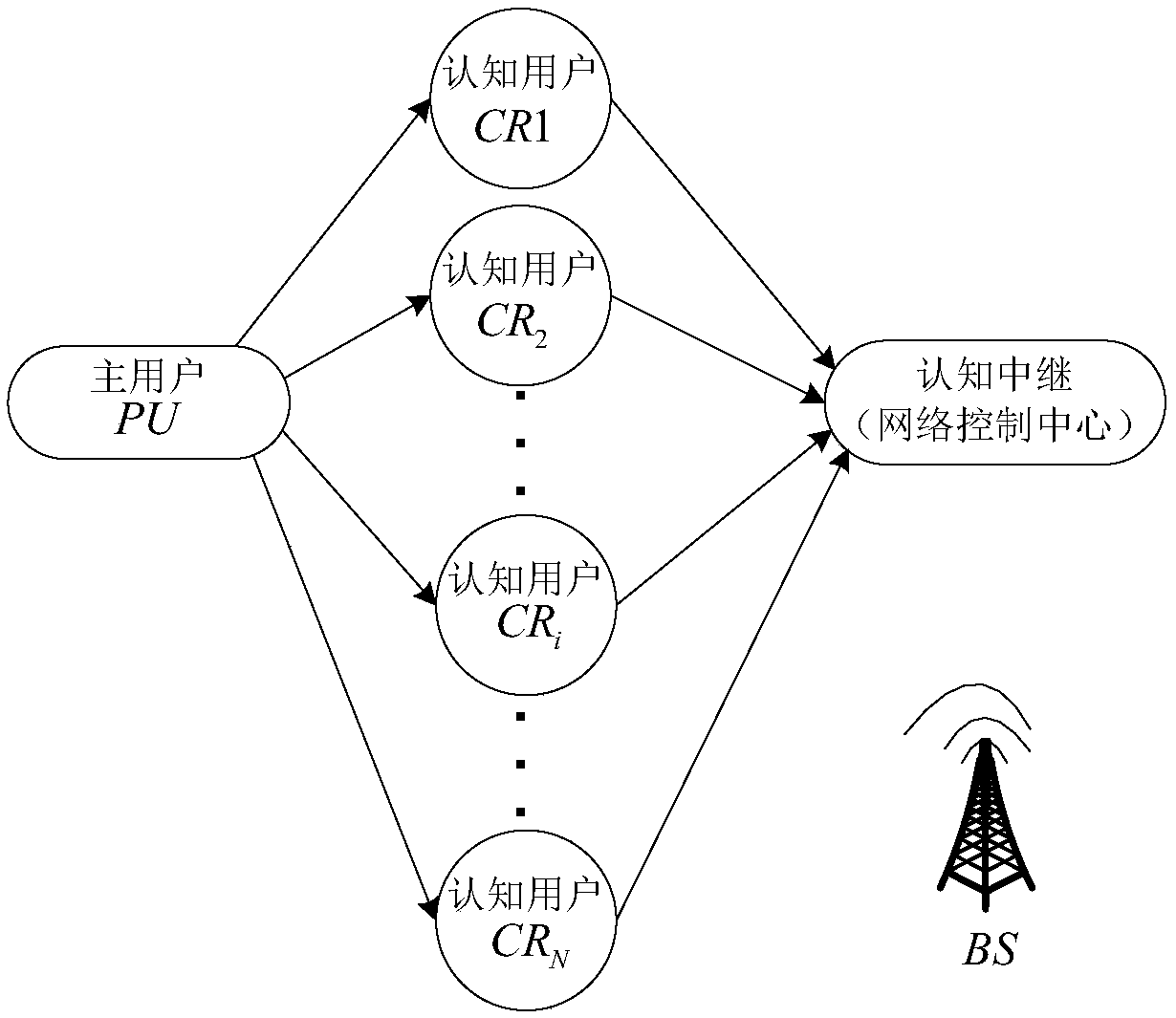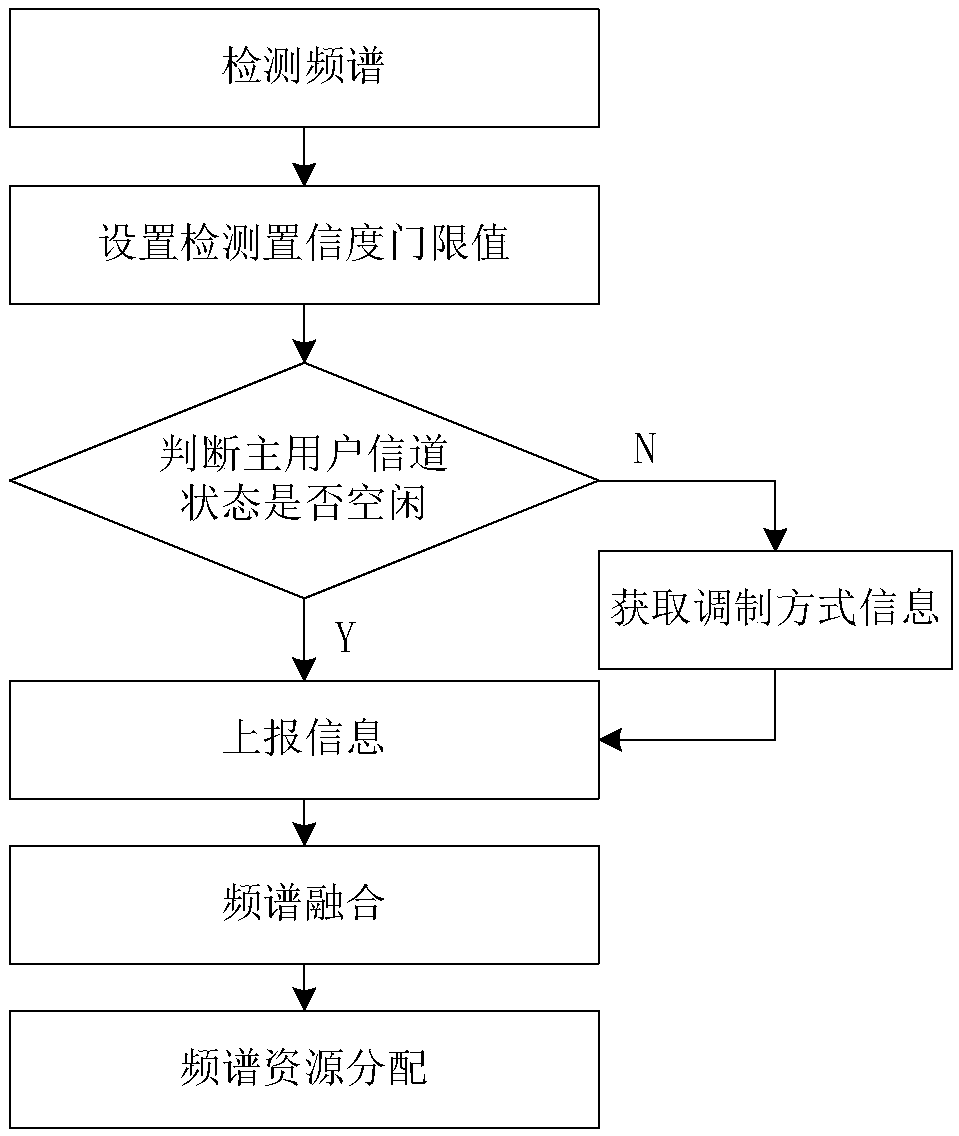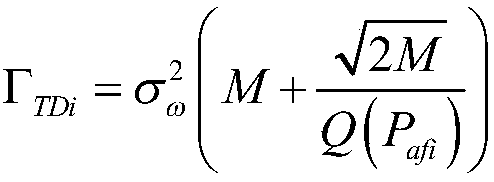Resource Allocation Method for Cognitive Wireless Networks Based on Signal Modulation Recognition
A cognitive wireless network and signal modulation technology, which is applied in the field of cognitive wireless network resource allocation based on signal modulation identification, can solve the problem of insufficient consideration of the number of signal modulation types, insufficient consideration of the needs of user signal modulation methods, and resources Insufficient allocation methods and other issues, to achieve the effect of improving flexibility and effectiveness, improving fineness and universality, and overcoming the limitation of applicable scenarios
- Summary
- Abstract
- Description
- Claims
- Application Information
AI Technical Summary
Problems solved by technology
Method used
Image
Examples
Embodiment Construction
[0033] The invention will be further described below in conjunction with the accompanying drawings.
[0034] Refer to attached figure 1 , the application scenario of the present invention is a cognitive wireless network, in which a primary user PU and N cognitive nodes CR are set. 1 to CR N , a relay node and a base station BS. N represents the number of cognitive nodes in the cognitive wireless network. Among them, the N cognitive nodes respectively receive the signals sent by the primary user PU in one direction, the relay node receives the information sent by the N cognitive nodes in one direction, and the base station receives the information of the relay node and directly controls the N cognitive nodes.
[0035] Attached below figure 2 , to further describe the specific steps of the present invention.
[0036] Step 1, detect the frequency spectrum.
[0037] Each cognitive node in the cognitive wireless network respectively receives the signal sent by the primary us...
PUM
 Login to View More
Login to View More Abstract
Description
Claims
Application Information
 Login to View More
Login to View More - R&D Engineer
- R&D Manager
- IP Professional
- Industry Leading Data Capabilities
- Powerful AI technology
- Patent DNA Extraction
Browse by: Latest US Patents, China's latest patents, Technical Efficacy Thesaurus, Application Domain, Technology Topic, Popular Technical Reports.
© 2024 PatSnap. All rights reserved.Legal|Privacy policy|Modern Slavery Act Transparency Statement|Sitemap|About US| Contact US: help@patsnap.com










